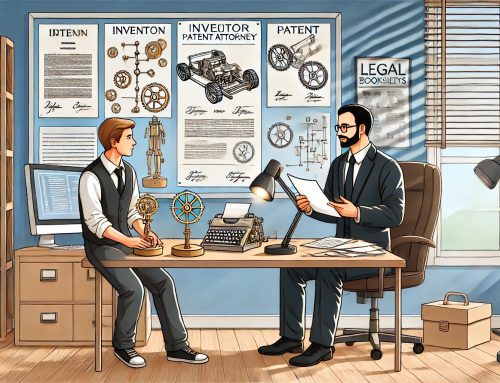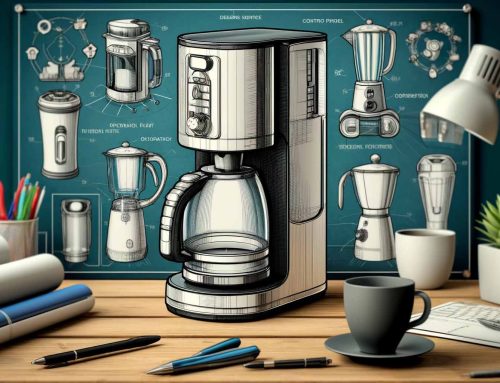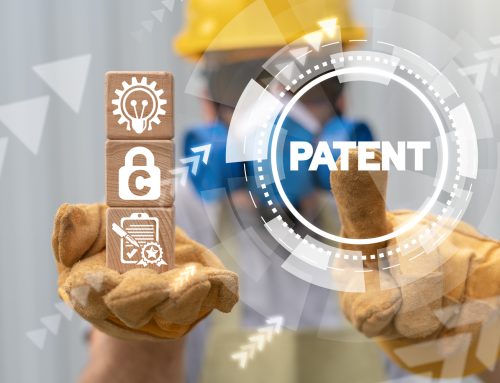The examiner of a patent application is required to perform a thorough search of the prior art, whereas a patent attorney is not required to perform a search. Finding the search field, choosing the right search tools, and figuring out the best search technique for each tool are the three key elements in this procedure.
Domestic patents (including publications of patent applications), international patent documents, and nonpatent literature must all be included in the search box (NPL). No source may be excluded from the search unless the examiner has a good basis to do so and has no reason to believe that there will be further relevant references in that source. Both the claimed subject matter and any aspects that might be logically anticipated to be claimed should be included in the search.
The examiner must take into account the coverage, strengths, and weaknesses of the available search tools appropriate for their chosen field while deciding which search tools to utilize. Each examiner’s unique demands will determine the search techniques they use, with examiners in highly busy, high-technology fields—where patent documentation might not keep up with invention—getting special consideration. To ensure a thorough search under these circumstances, NPL and specific search tools may be required.
Automated search solutions frequently include both text and categorized search functionality, with a combination of both being required in the majority of technologies. However, it can be difficult to effectively explain search demands in textual words, particularly in mechanical arts. In certain situations, it could be essential to use broader text terms or to browse all patent documents inside one or more classifications.
Each case must be evaluated individually to establish the best search method for the tool(s) used, with assistance as needed from other examiners, supervisory patent examiners, or professionally qualified on-line search staff. Technology Centers may offer further advice and training to help examiners develop the specialized knowledge necessary to choose the right field of search in their particular fields.
In conclusion, a good patent search necessitates meticulous preparation and execution. Examiners can make sure they have considered all pertinent prior art by following the three processes of identifying the field of inquiry, choosing the best search tools, and choosing the best search method.








